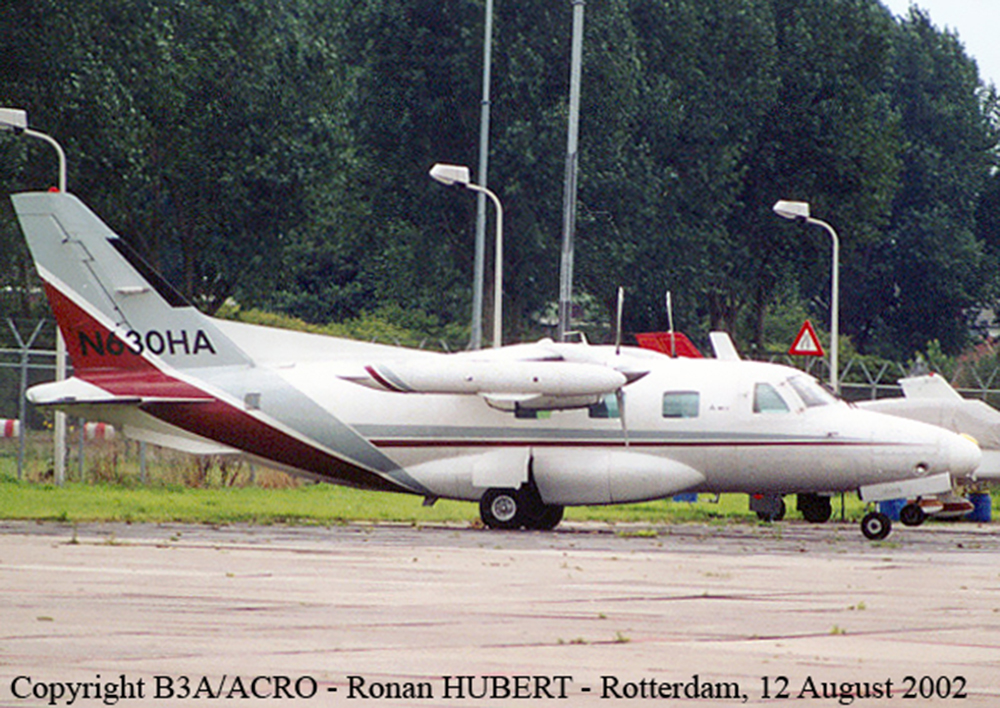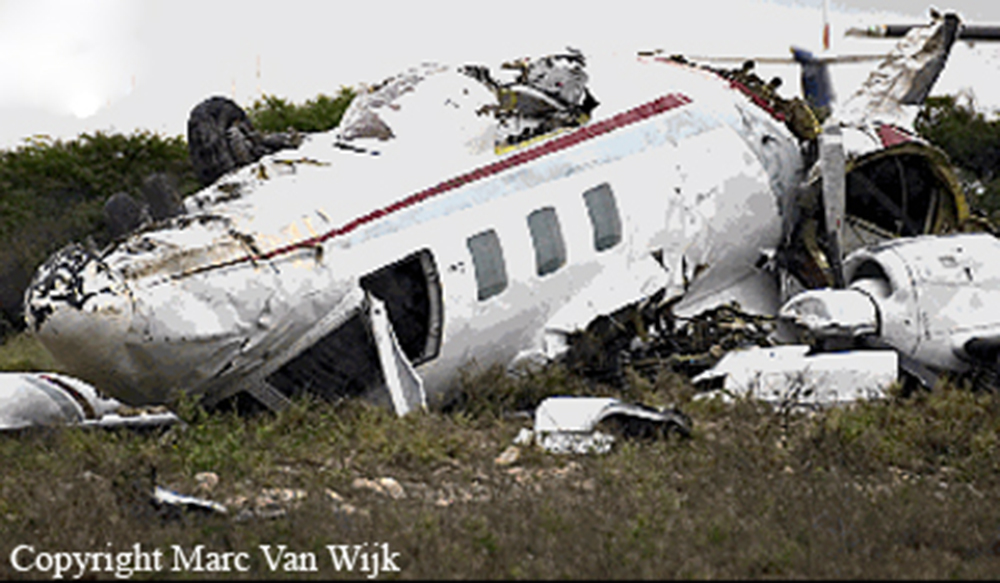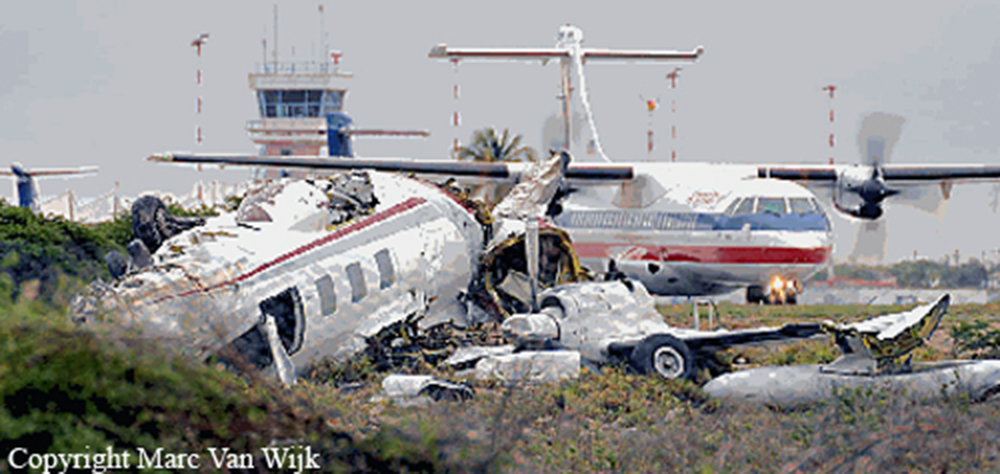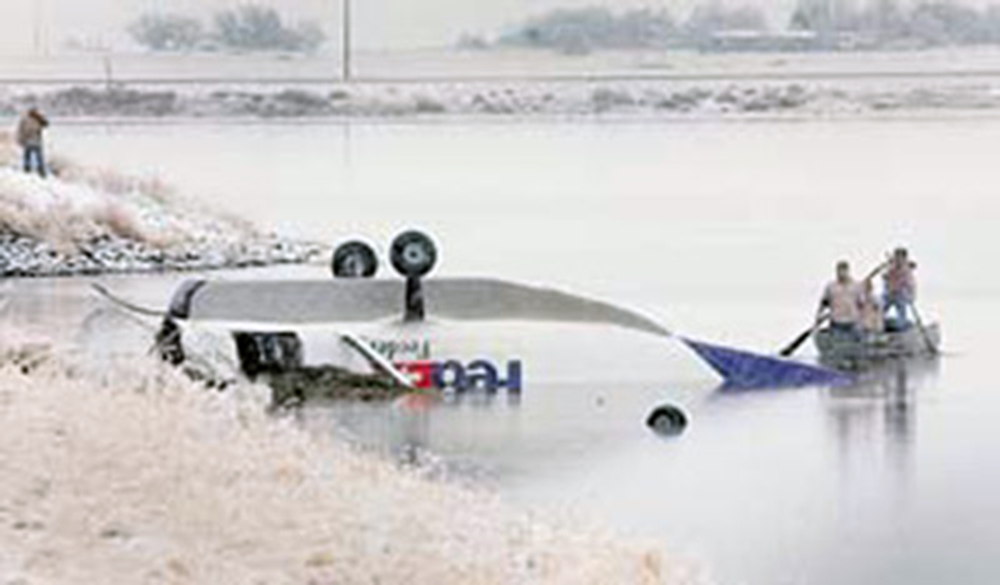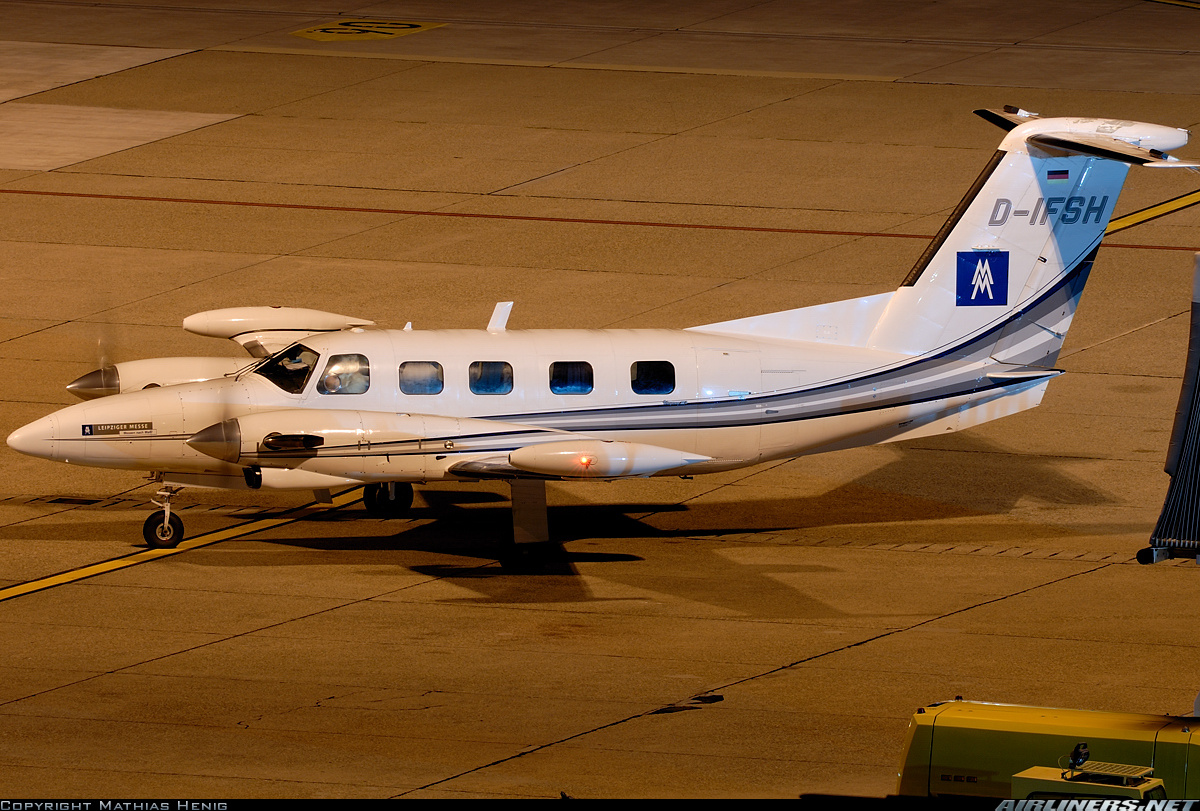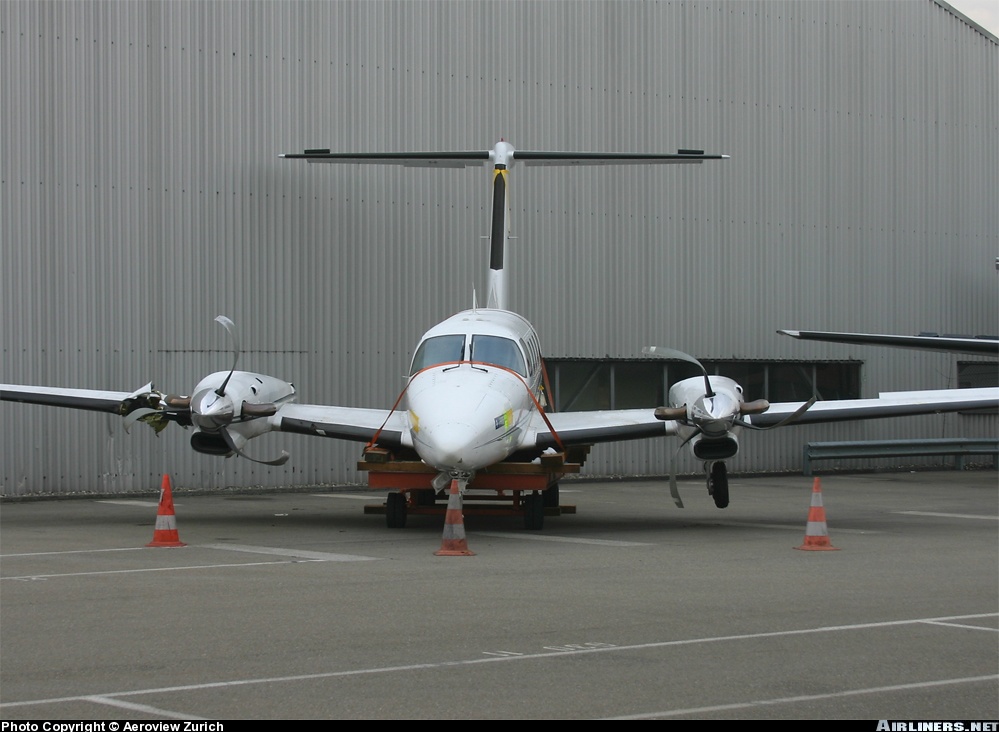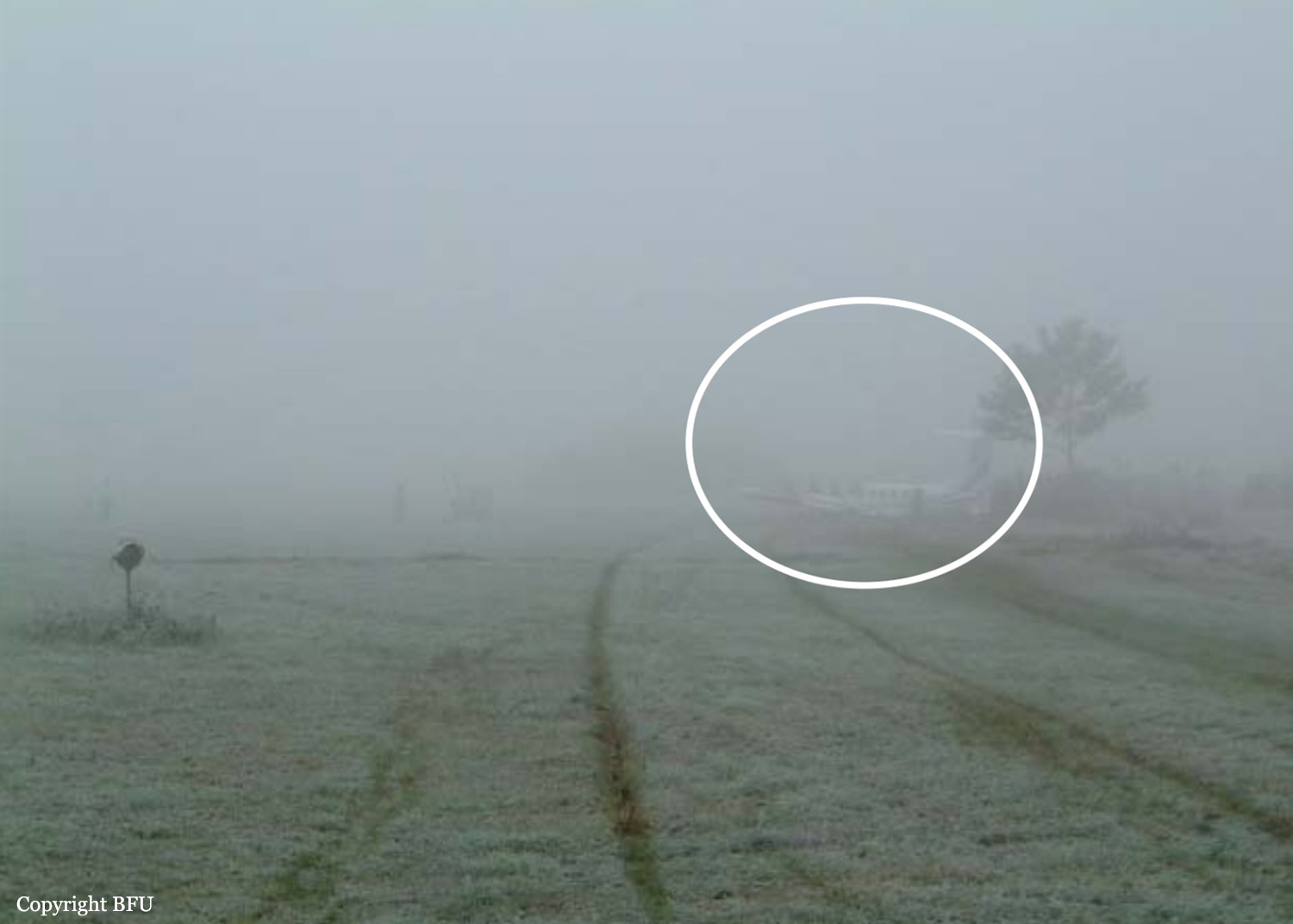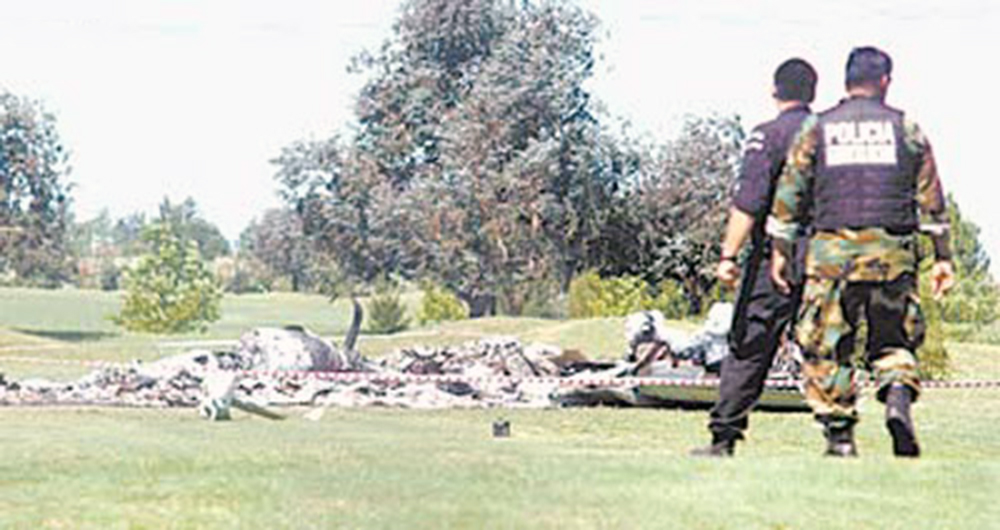Crash of an Antonov AN-12BP in Wau: 13 killed
Date & Time:
Nov 17, 2003 at 1625 LT
Registration:
ST-SAA
Survivors:
No
Schedule:
Khartoum – Wau
MSN:
5 3 429 05
YOM:
1965
Flight number:
SRW044
Crew on board:
7
Crew fatalities:
Pax on board:
6
Pax fatalities:
Other fatalities:
Total fatalities:
13
Circumstances:
The aircraft was completing a cargo flight from Khartoum to Wau, carrying seven passengers, six crew members and a load consisting of foods and bank notes. On final approach to Wau Airport, the aircraft went out of control and crashed in an open field located 6 km short of runway, bursting into flames. All 13 occupants were killed, among them soldiers and members of the National Bank of Sudan.



